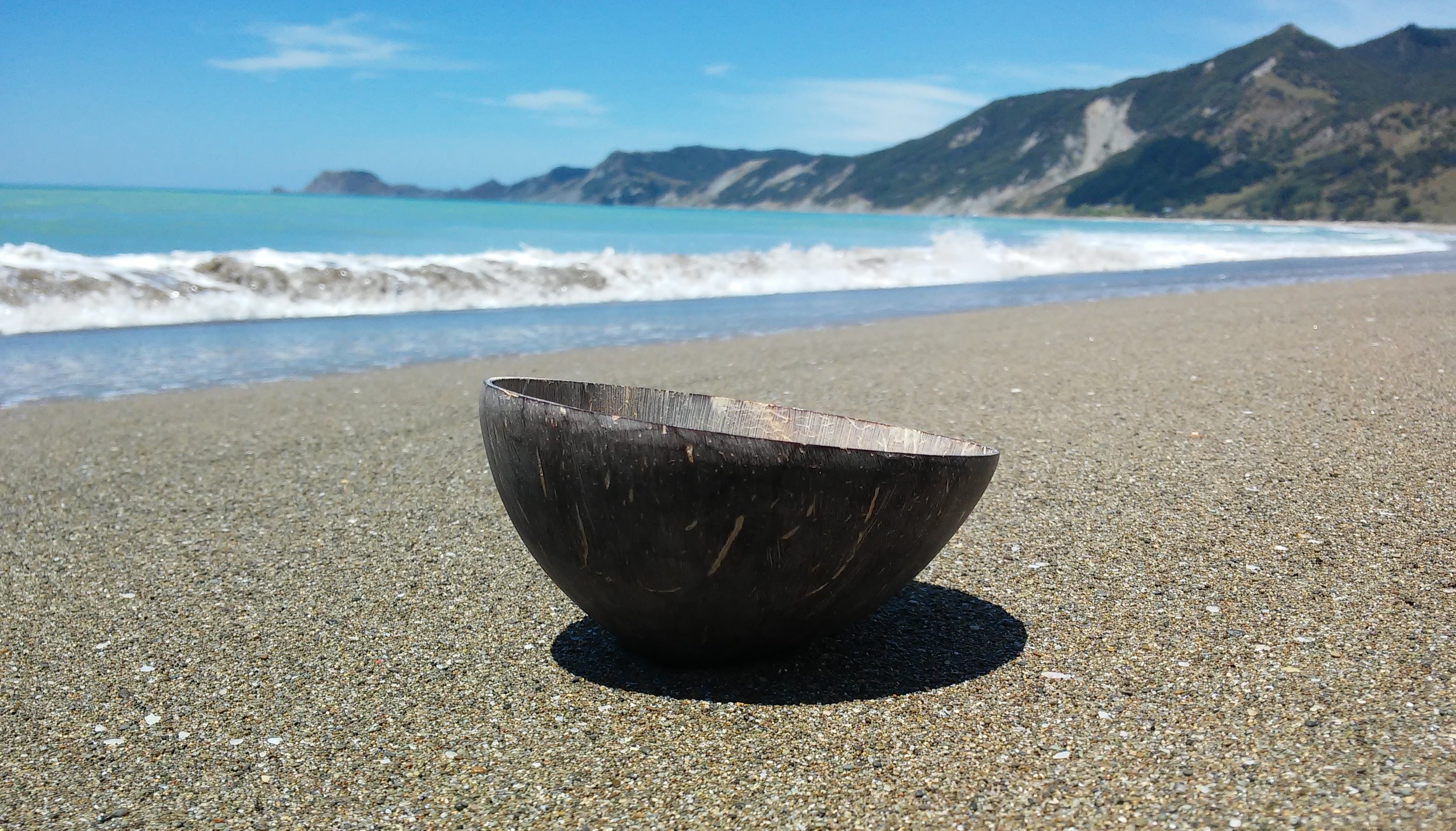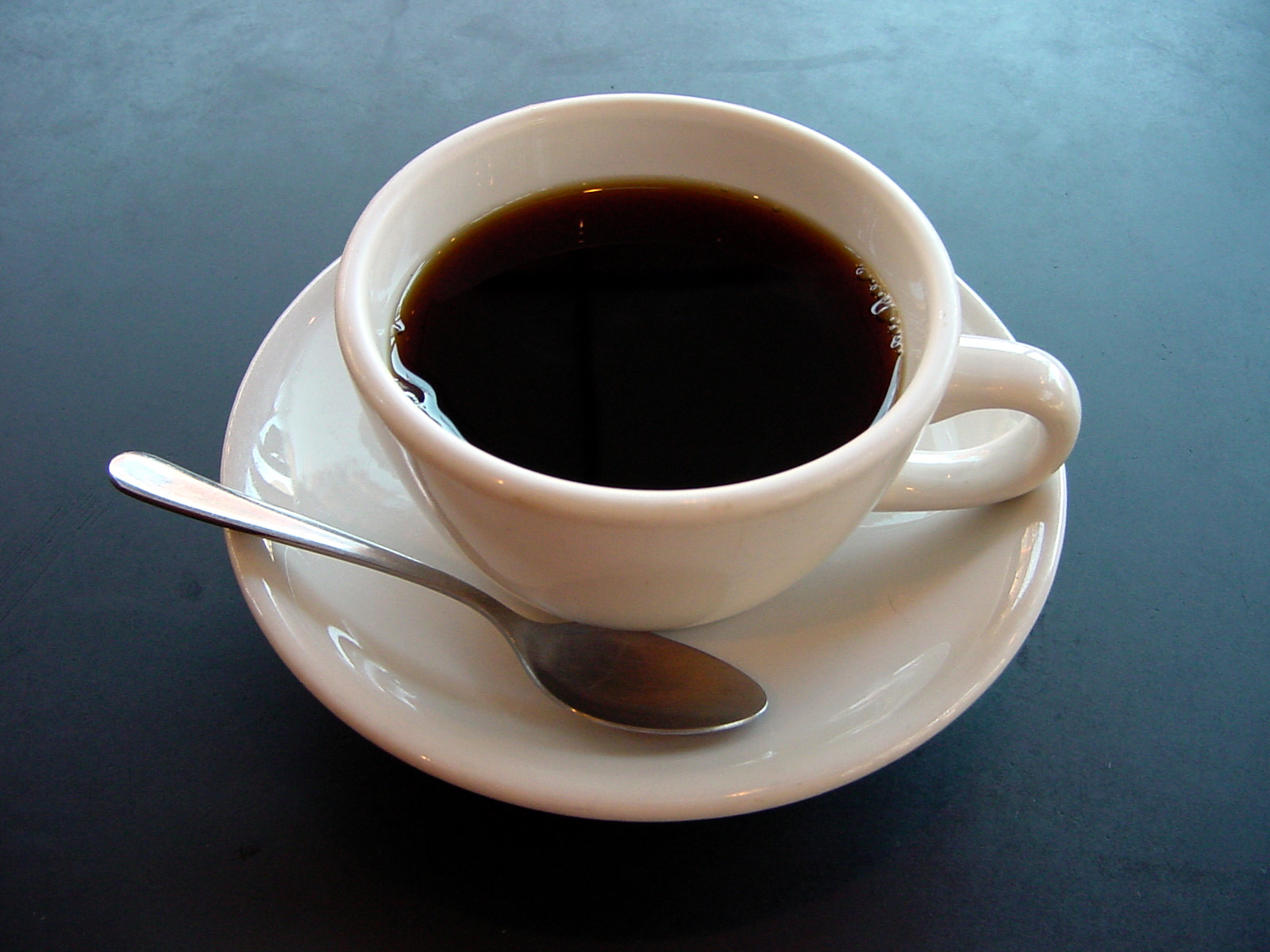
Welcome to Our Kava Blog
Guest Post: Deep Dive into Kava Chemotypes
Today we have the pleasure to share a post from our friends and collaborators at Vanuatu’s Root and Pestle The post was written John McGowan, the chief scientist and lab wizard at Root and Pestle’s state of the art kava processing facility. This blog was partly inspired by long conversations about kava chemotypes a d the frequent questions about kava’s chemistry/chemotypes we all get from both new and seasoned kava drinkers. It is primarily informed by Root and Pestle’s analytical work and relevant published research, including Dr Vincent Lebot’s famous books and papers. It is a fairly loooong read, but very rich in information and will be appreciated by anyone who really wants to understand what kava’s chemotypes are about and, more broadly, how chemical analysis can help us understand kava’s composition, properties and differences between cultivars.
What's the Best Kava? What's the Best Kava Cultivar?
One of the most common (and perhaps rather obvious?) questions asked by those who may be new to kava is: what’s the best kava? The fact that there are so many options, forms and types of kava may be a bit overwhelming for anyone who has only just heard of/read about the plant (and drink) and may be still reluctant to give it a go, or just is unsure what the most appropriate choice might be. This blog post looks at the history of kava cultivars, the key quality parameters, and the differences between fine cultivars.
Kava Strainer Bags: How They Work, Why They Matter and What Makes a Great Kava Strainer Bag
A blog post explaining why you need a strainer bag to prepare kava, what makes a good strainer bag and how to look after your kava strainer. Turning traditional grind kava into an effective and enjoyable drink is fairly simple, provided you do have some fine kava AND the right strainer bag. While the former is admittedly more important than the latter, using an appropriate strainer bag can make a massive difference to your kava drinking experience.
Interview with Dr Vincent Lebot, a leading expert on kava
Dr Lebot is often seen the father of modern kava science. It would be difficult to find anyone who has done more to help broaden the Western understanding of both the plant and the beverage. His work on kava and his insights into kava’s history, biology, chemistry and pharmacology have not just inspired multiple other researchers, but also helped and informed government officials, journalists, as well as countless kava drinkers, growers and entrepreneurs.
In this interview we discuss such topics as improvements to kava via cultivar selection, challenges to kava becoming more mainstream outside South Pacific, the differences between kava and kava extracts, and many others.
Kava as an Alternative to Alcohol and Kava vs Alcohol
Some of the most commonly asked questions about kava revolve about how it compares to alcohol, whether it can be used as an alternative to alcohol and whether the two can be mixed. In today’s blog we are looking at all these questions. More specifically, we would like to focus on the idea of using kava as a replacement for or perhaps an alternative to alcohol. We discuss the pros, the cons and provide a good dose of observations. Throughout the post we examine the differences between these two substances and briefly touch on the separate topic of using alcohol together with kava.
Kava and Caffeine
We've found people reporting that the mixture of kava and caffeine can cause an increase in the stimulation effects of caffeine when the two are consumed within a reasonable time together. Some people find the combination uncomfortable, while some enjoy the increase in stimulation. However you feel about it, there's always a good scientific explanation regarding why and we would like to share with you what we theorize the culprit to be. Read this blog post for more information.
Kava and Sleep Quality
One of the most common questions we receive are related to kava’s effects on sleep. We’ve decided to write this quick post to share our thoughts on this topic and to hopefully present a useful perspective on kava’s effects on sleep.
Different ways of drinking kava and the art of “listening to the kava”
Today’s post looks at the different ways of preparing and drinking kava, as well as the art of listening to the kava. We start with a look at ways in which kava is consumed as a social lubricant, particularly in places like Tonga or Fiji and then look at the method of drinking stronger kava in a more contemplative, meditative manner, i.e. the practice of “listening to the kava”.
Best kava chasers
Few kava lovers drink it for its taste. Most people find kava to be quite bitter or even unpleasant. There are milder tasting kavas (e.g. some of our Hawaiian varieties or one or two Tongan kavas) and there are REALLY bitter kavas (e.g. the heavier kavas from Vanuatu). But in any case every kava can be a bit unpleasant. This is why many kava users try to find a way to mitigate the unpleasant tasting experience while still being able to enjoy the beautiful kava effects. Some people like mixing micronized or instant kavas with their favourite soft drink. This can be a very good solution for the beginners and those who want to drink only small amounts of kava. Those that want to have a longer kava session, feel that consuming a lot of sweet liquid masking the kava taste in itslef can get a bit unpleasant. These people prefer to use after kava chasers.
Kava vs Kawakawa and the Maori memories of kava
Many people wonder whether there is any connection between the Kawakawa plant (Piper excelsum) and Kava (Piper methysticum). The two plants do not only have similar names, but also look similar. Is this just a coincidence or are the two plants related and their similar names tell us something about the Maori knowledge about kava?










